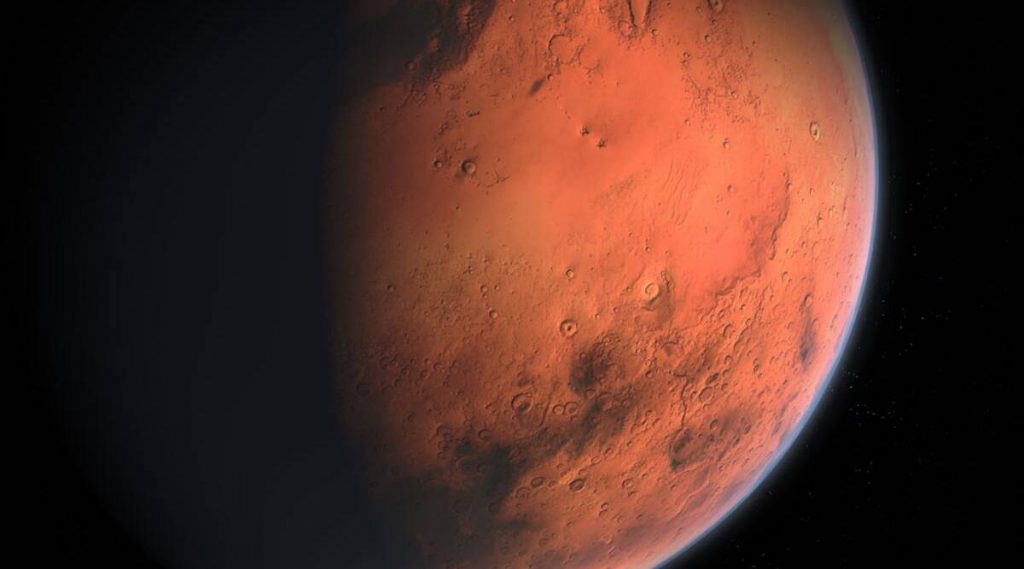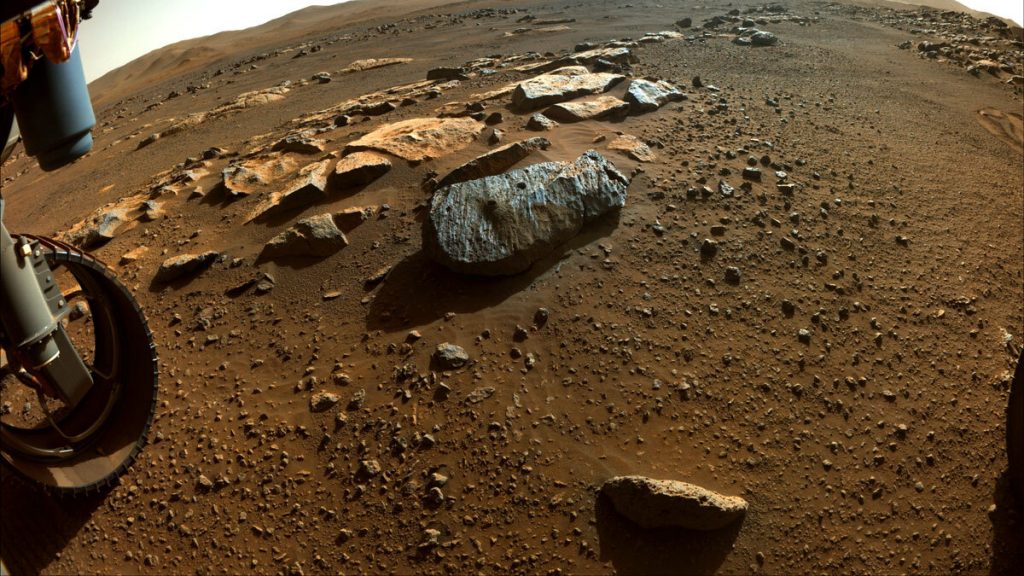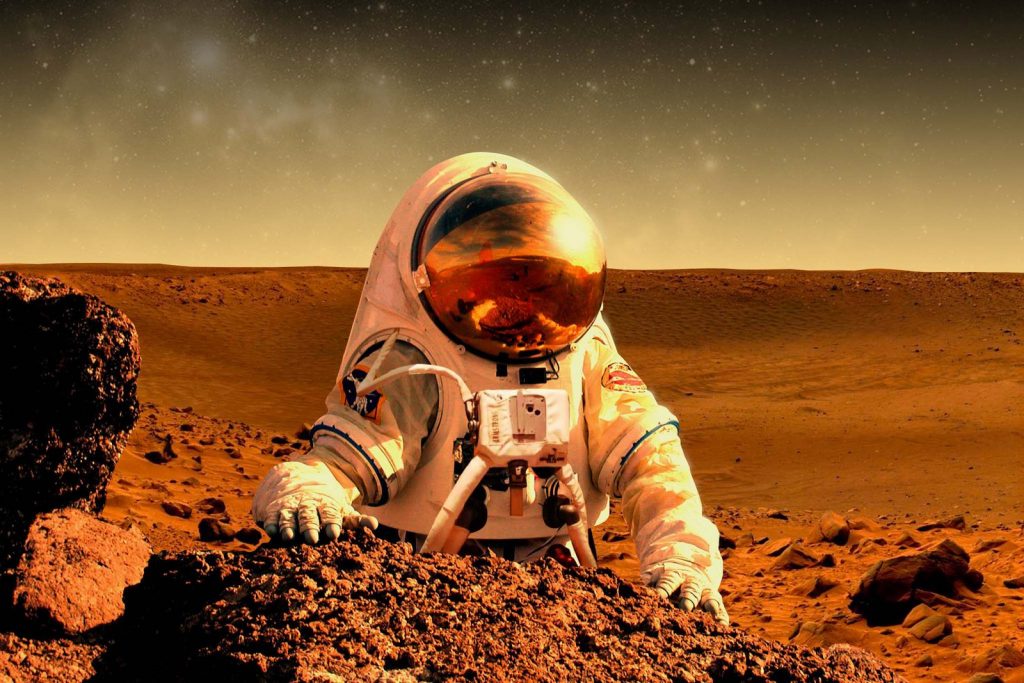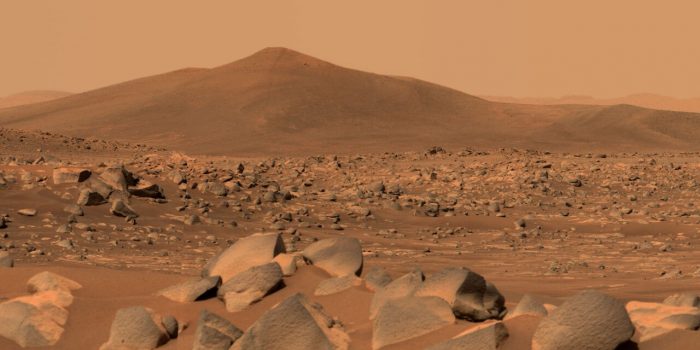Mars is a terrible place to live with its numbing cold, scorching radiation, and thin carbon dioxide atmosphere. That, however, did not deter humans from searching for life on Mars. Scientists tend to discuss how similar Earth and Mars are, but the differences are likely to reveal why one planet has life and the other does not.
According to new studies, the size disparity might be the actual cause. Mars’ diameter is only 53% of Earth’s, making it impossible to hold onto essential volatiles, such as water and oxygen.
“Mars’s fate was decided from the beginning,” says planetary scientist Kun Wang of Washington University in St. Louis.
“There is likely a threshold on the size requirements of rocky planets to retain enough water to enable habitability and plate tectonics, with a mass exceeding that of Mars.”

Despite the many differences between Earth and other terrestrial planets in the Solar System, determining which variables promote the formation of life and which impede it can be a challenging task.
However, we can consider looking at some features that life on Earth requires to exist.
One of the essential requirements for life on Earth is the availability of liquid water; it is one of the primary elements of the planet’s habitability criteria. Martian meteorites mined from the Red Planet reveal that it formerly had surface water. But now, Mars is dusty, arid, and lifeless with frozen water on its surface.
The loss of Mars’ magnetic field is also blamed for the drastic change. However, it’s possible that other elements, such as a celestial body’s surface gravity, play a role in volatile retention; Earth’s gravity, for example, is 2.66 times that of Mars. So Wang and his colleagues began their research.

They began by examining the abundances of potassium, a moderately volatile element used as a tracer for other volatile components, on numerous Solar System objects. As potassium isotope ratios are insensitive to igneous processes and impact-induced vaporisation, they are valuable for volatile depletion in planetary interiors.
“Martian meteorites are the only samples available to us to study the chemical makeup of the bulk Mars,” Wang says.
“Those Martian meteorites have ages varying from several hundred millions to 4 billion years and recorded Mars’s volatile evolution history. Through measuring the isotopes of moderately volatile elements, such as potassium, we can infer the degree of volatile depletion of bulk planets and make comparisons between different Solar System bodies.”
The researchers looked at the potassium isotope compositions in 20 Mars meteorites, which were indicative of Mars’ bulk silicate composition. Then these compositions were compared to Earth, Moon, and asteroid Vesta. The findings revealed that Mars lost more volatiles than Earth but preserved more than the Moon and Vesta, which are substantially smaller and drier than Mars.

“The reason for far lower abundances of volatile elements and their compounds in differentiated planets than in primitive undifferentiated meteorites has been a longstanding question,” says planetary scientist Katharina Lodders of Washington University.
“The finding of the correlation of potassium isotopic compositions with planet gravity is a novel discovery with important quantitative implications for when and how the differentiated planets received and lost their volatiles.”

Previous studies have revealed that Mars was once quite wet. This new relationship between gravity and volatile retention could help scientists figure out the amount of water Mars had in the past. Furthermore, the study is significant in our quest for habitable worlds beyond our Solar System.
The research was published in PNAS.


